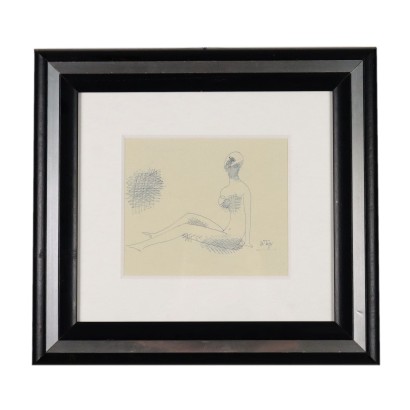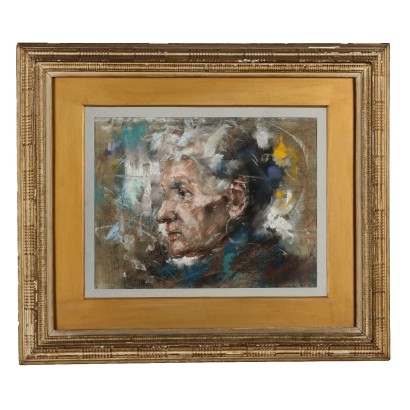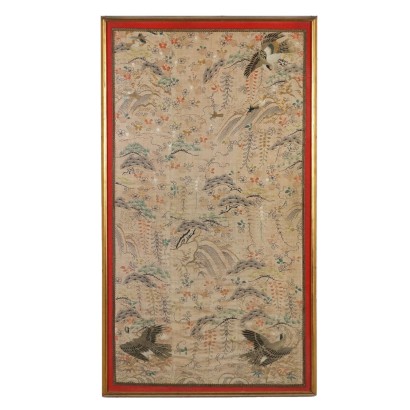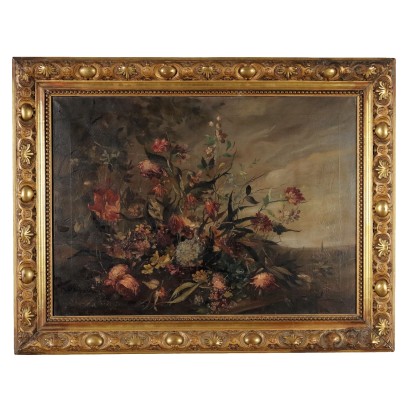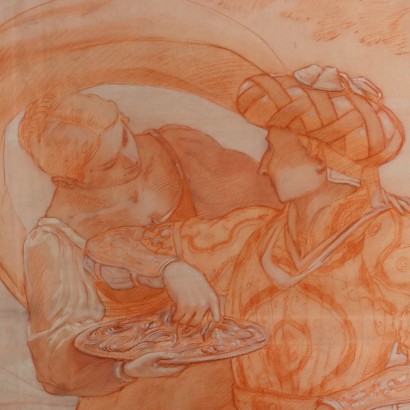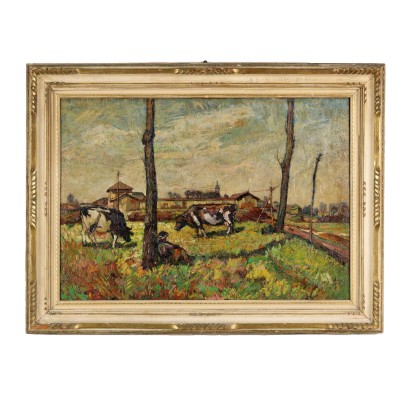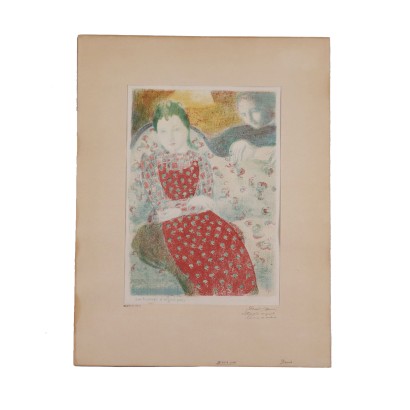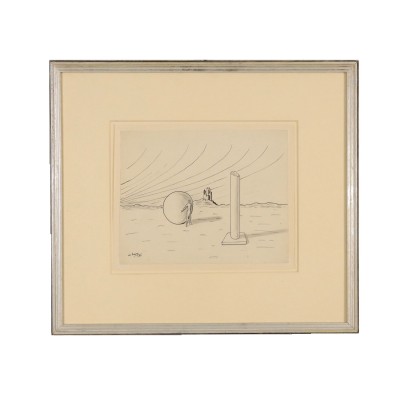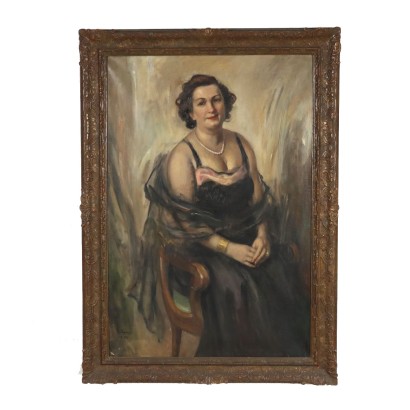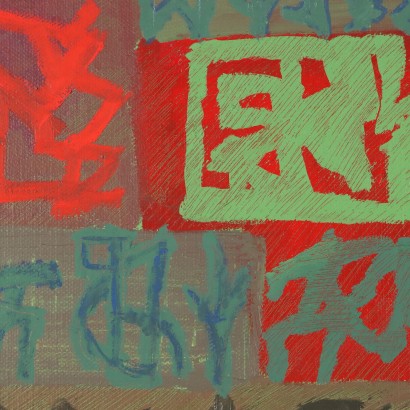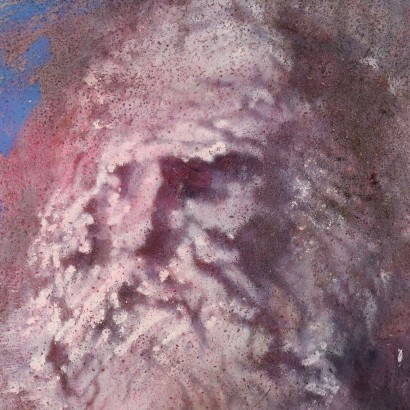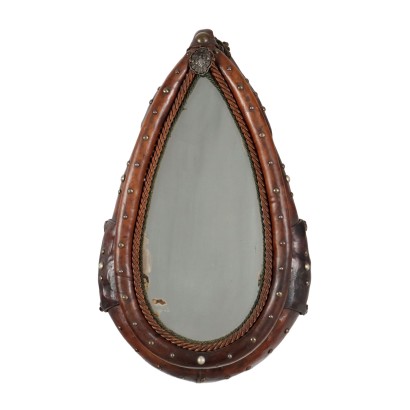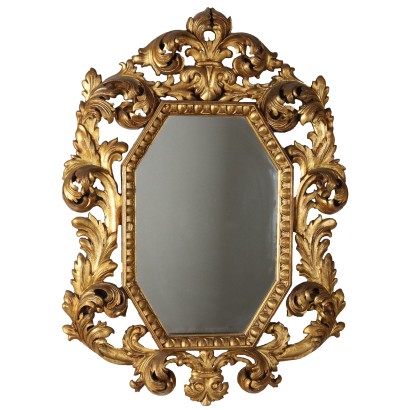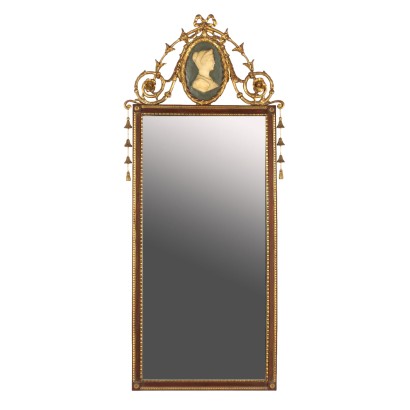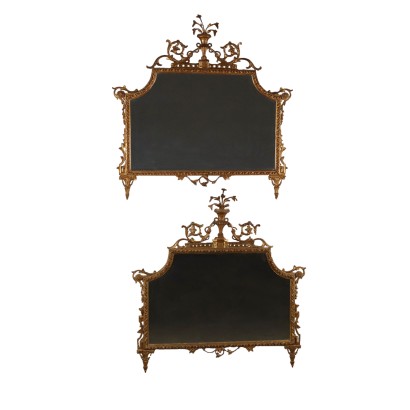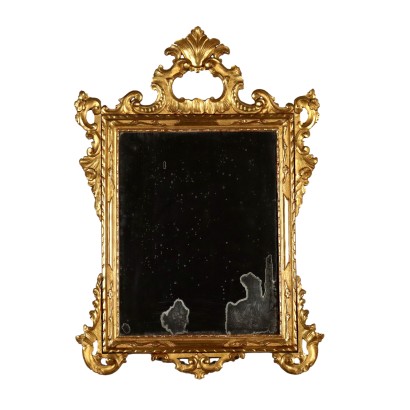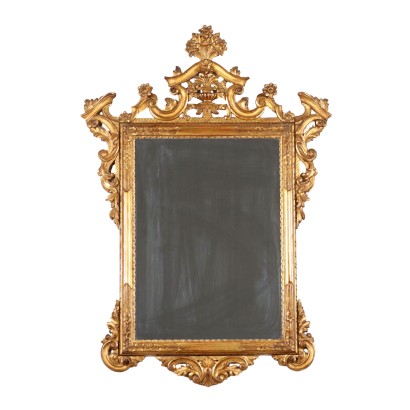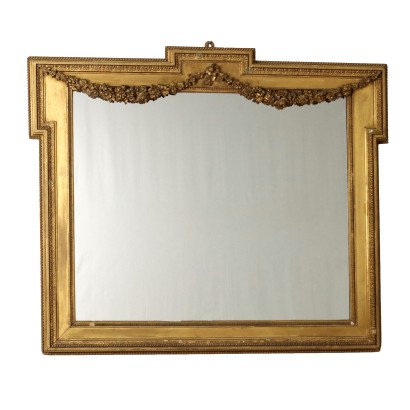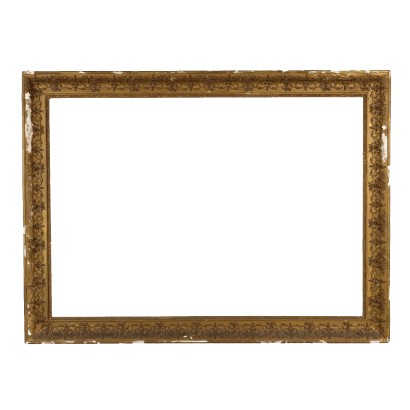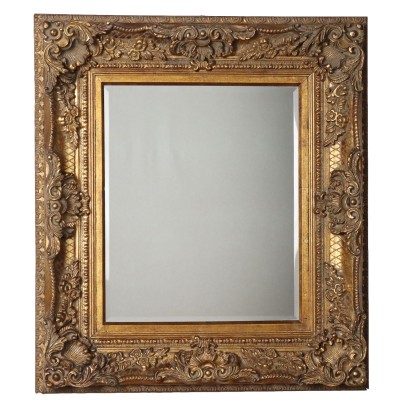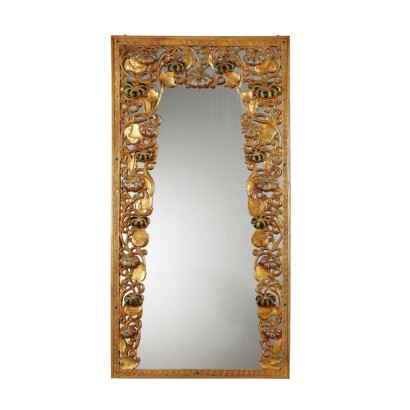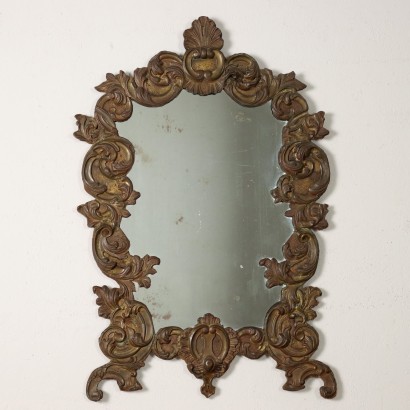Pen Drawing by Mario Tozzi Figure in Rest 1969 with Authentication Fra - Figure in Rest 1969
Features
Figure in Rest 1969
Artist: Mario Tozzi (1895-1979)
Artwork title: Figura in riposo
Age: Contemporary , 20th Century / 1901 - 2000
Subject: Human Figures
Artistic technique: Drawing
Technical specification: Ink
Description : Figura in riposo
Pen on paper. Signed lower right. Accompanied by photo authentication from the Mario Tozzi Archive. In Maestro Tozzi's extensive production there are many drawings, such as this one presented here, made with different techniques (ink, pastel, pencil, sanguine), dedicated to the human figure: in his dry and stylized style, Mario Tozzi outlines stylized, refined figurines in their silent and discreet geometry, favored by the absence of color, which brings out the forms on the white paper. Even in his pictorial production, Mario Tozzi's favorite subjects are, classically, figures and still lifes, but both figures and death are a set of solid geometric elements, the sphere, the cylinder, the cone, etc. The bodies are elementary, essential in the lines and details, powerful, statuesque, composed of just modeled solids, while the still lifes are a celebration of Euclidean geometry such as the jugs, bowls, flasks which are paradigms of volume and geometric rigor . Mario Tozzi's compositions are influenced by Cubism for certain cuts, by Metaphysics for certain architectural insertions and by Abstractism for the insertion of geometric figures. The work is presented in a frame.
Product Condition:
Product in very good condition which may show slight traces of wear; it may have undergone restoration work carried out by an expert. We try to present the real state as fully as possible with photos. If some details are not clear from the photos, what is reported in the description will prevail.
Frame Size (cm):
Height: 38,5
Width: 41,5
Depth: 2
Artwork dimensions (cm):
Height: 19
Width: 21
Additional Information
Artist: Mario Tozzi (1895-1979)
WHO WE ARE SERVICES EVENTS CATALOG Mario Tozzi was born on 30 October 1895 in Fossombrone near Urbino. He lived his childhood in Suna, a small village on Lake Como and already as a child he drew everywhere. His doctor father directs him towards the study of chemistry, which he soon leaves to devote himself to painting and which will remain the passion of his life. In 1913 he was admitted to the Academy of Fine Arts in Bologna and met Licini, Sepo and Morandi and they became fellow students. Here he receives an acknowledgment from the Ministry of Public Education. In war, in 1915 he received the military medal and in 1919 he married Maria Teresa, a French girl with whom he befriended as a young man who would give him a daughter Francesca. With his wife he settled in Paris, in Place St-Germain-des-Prés, right in front of the church. Shy and solitary, he leads an isolated life with his wife and does not frequent the artistic circles at all. He leaves for a long journey and exhibits at the Salon des Tuileries, at the Salon D'Automne and at the Salon des Artistes Indépendantes. His way of painting is very linear, so much so that he is also praised by critics and, in this period, he exhibits and organizes exhibitions in France and Italy. In Paris in 1926 he came into contact with the Italian avant-garde painters, frequented the Caffé del Duomo and made friends with many artists Giacometti, Gonzales, Fini and founded the Groupe des Sept, the Gruppo dei Sette with Campigli, De Chirico, Paresche, De Pipis Campigli, Savinio and Severino, a group that quickly became known internationally. His works sell like hot cakes and are requested and bought by museums throughout Europe. In 1935 he was awarded the Legion of Honor by the French. In 1936 he moved to Rome, where he was forced due to health to reduce his production and exhibition activities. In 1958 he reappeared on the international stage with an exhibition at the Annunciata gallery in Milan. In 1971 he returned to Paris both to be close to his daughter and grandchildren. He died on 8 September 1979 in his Parisian home in St.Jean Du Gard.Age:
Contemporary
Contemporary20th Century / 1901 - 2000
20th Century / 1901 - 2000Subject: Human Figures
Artistic technique: Drawing
Il disegno è il processo di tracciare segni su una superficie tramite l'applicazione di una pressione o il trascinamento di un apposito strumento sulla superficie. Gli strumenti sono: matite in grafite o colorate, penna, pennelli fini con inchiostro, pastelli a cera o carboncini; i supporti tradizionali più frequenti sono carta, cartoncino, tavola, muro, tela, rame, vetro.Technical specification: Ink
Other customers have searched:
Arte Novecento, dipinti del 900, olio su tavola, pittura olio su tela, arte 800, pittura antica, arte contemporanea, quadro del '900, quadro grande, quadro olio su tela..
Se sei un appassionato d'arte, non perderti i nostri approfondimenti sul Blog Arte Di Mano in Mano e su FineArt by Di Mano in Mano - Arte:
Leggi di più
Ecco alcuni tra i principali articoli:
Vedute
Falsi nell'arte antica
Un messaggio di fiducia per ripartire
La potenza espressiva dell'arte figurativa etiope
Breve Storia del Collezionismo
Giorgio Upiglio, maestro dei libri d'artista
Matthias Withoos detto "Calzetta bianca"
San Rocco pensaci tu - Classic Monday
Ecco alcuni esempi dell'arte del Novecento più bella che puoi trovare da noi:
I Raccoglitori di patate - Lavoro estivo - Augusto Colombo, 1935
I Taglialegna - Lavoro invernale - Augusto Colombo, 1933
Il lavoro femminile, Contardo Barbieri, 1954 ca.
Sapevi che l'arte può essere anche un ottimo investimento (e non solo per grandi portafogli)?
L'Arte tra Collezionismo e Investimento
FineArt: Arte come investimento
Dai un'occhiata alle nostre rubriche di divulgazione sull'arte:
Epoche
Lavorazioni e tecniche
Mostre ed Eventi
Protagonisti
Leggi di più
Ecco alcuni tra i principali articoli:Vedute
Falsi nell'arte antica
Un messaggio di fiducia per ripartire
La potenza espressiva dell'arte figurativa etiope
Breve Storia del Collezionismo
Giorgio Upiglio, maestro dei libri d'artista
Matthias Withoos detto "Calzetta bianca"
San Rocco pensaci tu - Classic Monday
Ecco alcuni esempi dell'arte del Novecento più bella che puoi trovare da noi:
I Raccoglitori di patate - Lavoro estivo - Augusto Colombo, 1935
I Taglialegna - Lavoro invernale - Augusto Colombo, 1933
Il lavoro femminile, Contardo Barbieri, 1954 ca.
Sapevi che l'arte può essere anche un ottimo investimento (e non solo per grandi portafogli)?
L'Arte tra Collezionismo e Investimento
FineArt: Arte come investimento
Dai un'occhiata alle nostre rubriche di divulgazione sull'arte:
Epoche
Lavorazioni e tecniche
Mostre ed Eventi
Protagonisti
Product availability
The product can be seen at Cambiago
Immediate availability
Ready for delivery within 2 working days from ordering the product.



